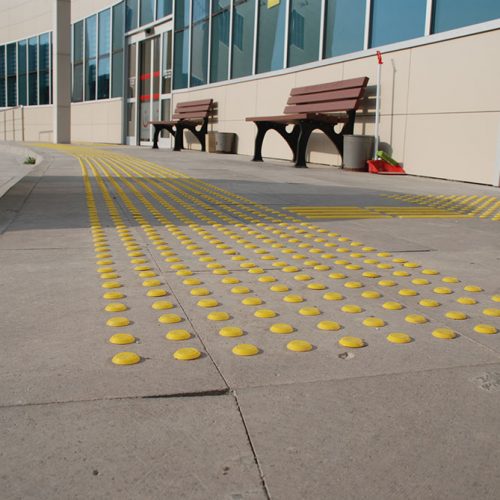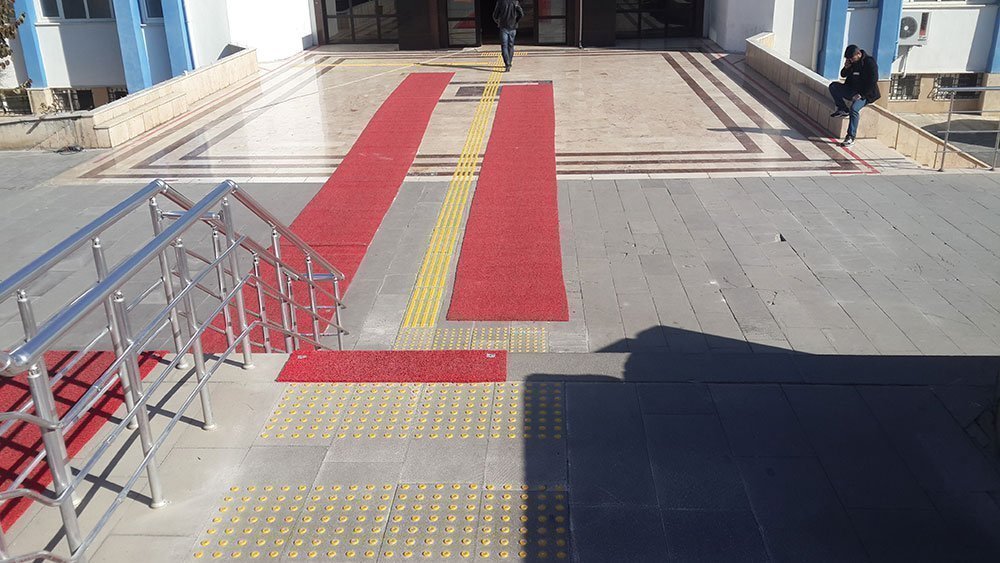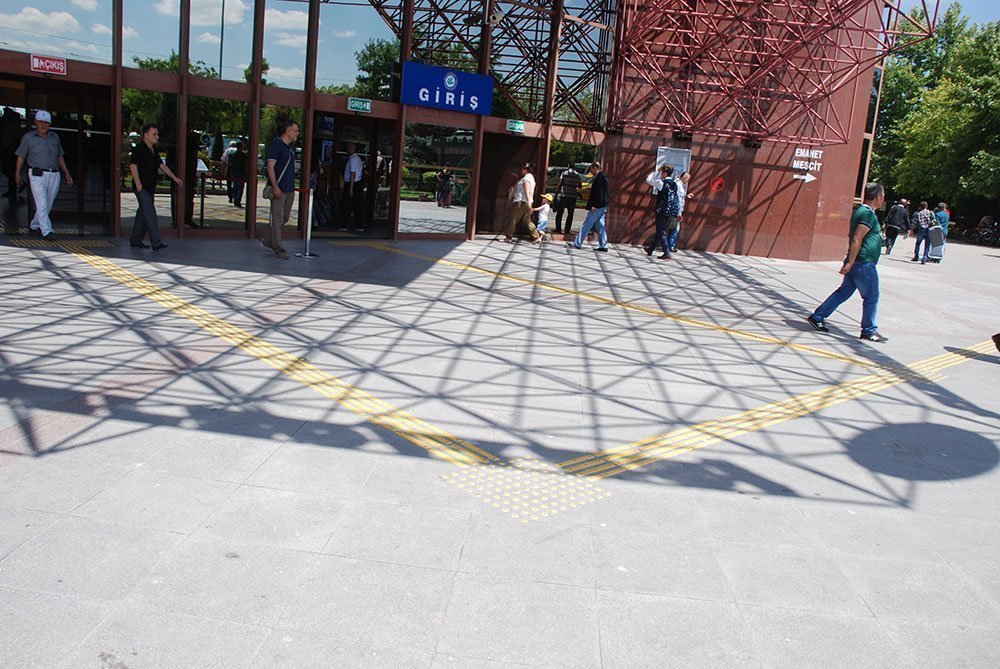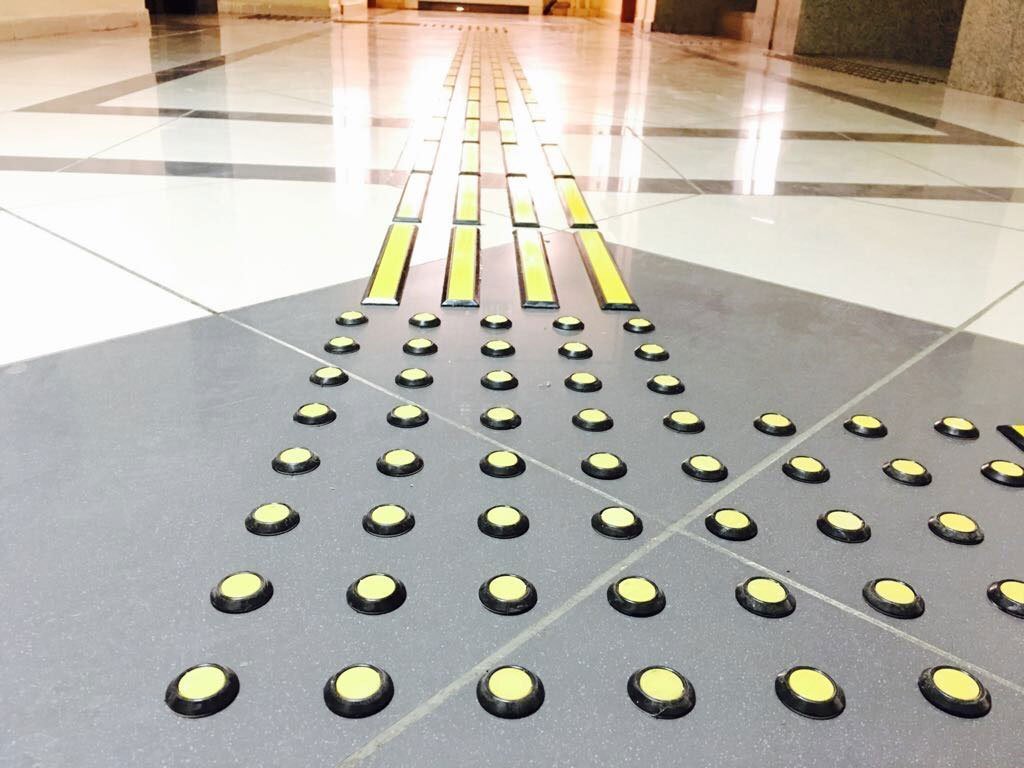Visually Impaired Walking Paths
There are approximately 220 thousand visually impaired citizens in our country. It is estimated that this number may reach much higher values in the coming years. The reason why the estimations are in this direction is due to environmental and social factors. Many steps can be taken to make our visually impaired citizens feel special instead of feeling lacking in life. One of them is the palpable walkways products specially designed for people with disabilities.
Considering the fact that the population and the disabled population will increase in the future, our cities should be more harmonious for disabled people and our people should be more sensitive to our disabled citizens.
Disabled road is a very important element that can provide a supportive infrastructure in cities for visually impaired individuals. Disabled road is a slip and abrasion resistant pavement material that allows disabled pedestrians to navigate safely between dangerous floors, sidewalks and stairs. Obstacle roads help visually impaired individuals orient themselves with long canes or soles, reducing the risk of slips, falls or any kind of accident. Disabled road is an issue that will help our citizens in terms of a safe walking experience.
Disabled roads, designed as perceptibly embossed, are an important safety precaution for visually impaired people. It is very useful to prevent accidents in areas with heavy pedestrian traffic.
Disabled roads are, of course, an important element that should be present in every aspect of our lives. Sometimes visually impaired individuals may need yellow walking guides (disabled paths) more. For example, the absence of a disabled road in traffic areas can have dangerous consequences for a visually impaired individual. Or the disabled road, which is not located in a crowded narrow street, will also pose a problem for a visually impaired individual. Disabled roads are considered one of the best safety measures to be installed in any public building or area where pedestrian traffic is always fluid and continuous. Areas open to pedestrian traffic that may be exposed to rain or moisture should be covered with materials with anti-slip properties. In addition, the disabled way is of great importance in places where the use of guardrails and other security systems is not appropriate.
In general, the yellow walking guides must be used are:
Hospitality places such as hotels and restaurants
Public office buildings (especially on stairs)
Places of entertainment such as galleries or museums
Train stations and tram stations (especially in areas where people approach public transport to board)
Hospitals and schools (areas that may cause accidents should be considered more.)
public parks
walking paths
Pedestrian crossings (the disabled road should show where a safe crossing begins and ends.)
Malls, Supermarkets (where people have to use elevators or escalators and need to climb stairs)
Remember that being disabled is a privilege, not a deficiency. Instead of complicating the lives of our disabled citizens, we should learn to live with them. Please do not use the visually impaired roads specially designed for them. When you see individuals who use it unnecessarily, please warn them gently by explaining the sensitivity of the situation. Remember, we have no barriers to share life.






